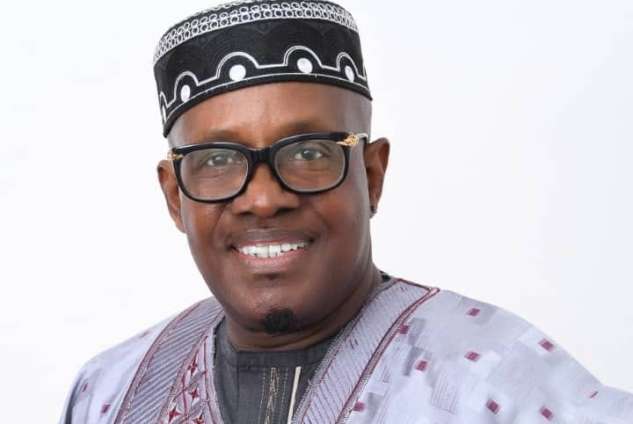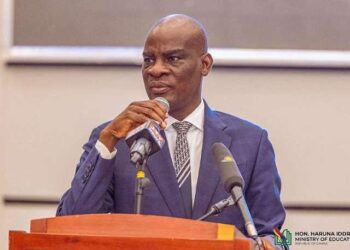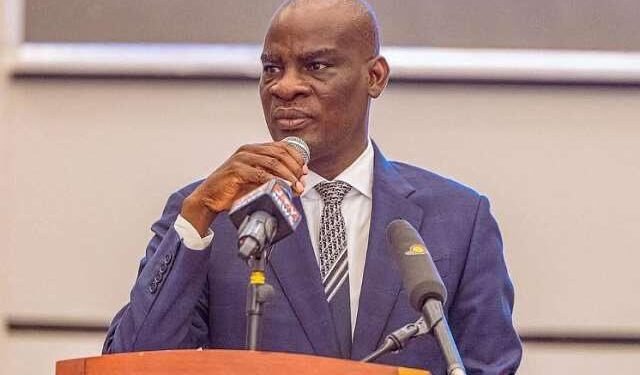Every nation needs a musical signature: a sound that outsiders immediately associate with a place and that insiders hear as an expression of collective memory.
For Jamaica, Reggae—through the charisma of Bob Marley, the spiritual force of Rastafari, and decades of cultural export—became that signature: a driver of tourism, an instrument of political voice, and a lever of soft power.
Ghana already possesses an indigenous genre with comparable historical depth and expressive range: Highlife.
If Ghana intentionally elevated Highlife—through policy, investment, and branding—it could achieve the cultural and economic returns Jamaica enjoys from Reggae, while safeguarding a musical patrimony threatened by globalization and genre fusions.
The Musicians Union of Ghana (MUSIGA) has announced a major cultural initiative to celebrate and preserve the country’s rich musical heritage, with a particular focus on the Highlife genre and its legendary contributors, including the late Daddy Lumba.
MUSIGA President Bessa Simons revealed that plans are underway to establish a National Music Museum and Hall of Fame in collaboration with the Ghana Museums and Monuments Board (GMMB).
The museum will serve as a national archive, housing the history, stories, and achievements of Ghanaian music icons across all genres.
“A special seminar on Highlife music will be organised at the end of the year by stakeholders, including the Ministry of Tourism, Creative Arts Agency, Ghana Tourism Authority, Commission on Culture, and Folklore Board,” Simons said
According to him, efforts to promote Highlife on the global stage began even before Daddy Lumba’s passing. One of MUSIGA’s key goals is to secure UNESCO recognition for Highlife as an intangible cultural heritage, thereby placing it alongside globally celebrated genres such as Reggae.
“We want UNESCO to list Highlife as one of the intangible cultural heritage, making it a cornerstone in discussions around music globally. Just like how Jamaica readily comes to mind at the mention of Reggae, we want it to be the same for Ghana whenever Highlife is mentioned.”
Bessa Simons
He emphasized the importance of inspiring younger generations to appreciate Highlife, describing it as the foundation of many modern Ghanaian sounds. “Too often, the genre is overlooked or dismissed, but it remains the foundation of much of the music we enjoy today. Every modern sound in Ghana carries echoes of Highlife,” he added.
The museum and Hall of Fame will be complemented by tribute concerts, workshops, and exhibitions designed to honour the contributions of music legends and to keep Ghana’s musical traditions alive for future generations.

Highlife is among West Africa’s oldest modern popular musics. Artists like E. T. Mensah, Nana Ampadu, Ebo Taylor, and others shaped not just sound but social commentary, national ceremonies, and political discourse during decolonization and after. Its rhythms and narratives are repositories of Ghanaian life across generations.
Highlife has shown a capacity to evolve—feeding into hiplife, Afrobeat fusions, and global collaborations—making it a bridge between tradition and contemporary popular music.
Unlike Reggae, which has been deliberately branded and institutionalized abroad and at home, Highlife lacks consistent national branding and international marketing despite its rich archives and diaspora interest.
Reggae has been central to Jamaica’s global image, conveying political critique, spirituality, and resilience. Music tourism, festivals, merchandise, and licensing around Reggae contribute to the economy.
UNESCO’s listing of Reggae as intangible cultural heritage (2018) and domestic investment in cultural infrastructure reinforced its status.
Ghana can adapt these lessons without copying Jamaica’s specifics—using Highlife’s unique history and contemporary forms to build a Ghanaian musical brand.
Concrete Benefits of Elevating Highlife

Formal recognition encourages archiving, academic study, and intergenerational transmission, protecting Highlife from being subsumed without record by globalized trends.
Festivals, heritage tours, museums, streaming promotion, and IP licensing create jobs across the creative economy—musicians, technicians, hospitality, and designers.
A “Highlife Week,” museum, and international festivals would attract niche cultural tourists and generate year-round visitation. Highlife-centered cultural diplomacy—tours, exchanges, partnerships—could strengthen Ghana’s profile in Africa and the diaspora, much as Reggae did for Jamaica.
Addressing Challenges and Objections

Promoting Highlife does not exclude other genres; it acts as a cultural anchor that amplifies contemporary fusions (hiplife, Afrobeat). Strategic promotion preserves heritage while enabling innovation.
Elevation strategies should not be museumification; Highlife promotion must include contemporary reinterpretations and collaborations with current stars to keep it relevant.
Investment in cultural industries yields multiplier effects in tourism, jobs, and youth entrepreneurship. Modest, well-targeted funding can generate outsized returns.
Highlife already performs much of what Reggae does for Jamaica: it carries history, identity, and creative energy. What it lacks is a concentrated, strategic effort to translate cultural richness into a national symbol, economic engine, and diplomatic tool.
Ghana’s government, creative sector, cultural institutions, and diaspora should partner to document, promote, and rebrand Highlife—through UNESCO recognition, education, festivals, media campaigns, and industry support.
Doing this, Highlife becomes the unmistakable soundtrack of Ghana on the world stage—an enduring cultural patrimony that informs national pride, spurs economic growth, and carries Ghana’s voice across the globe.
READ ALSO: Bright Simons Urges Strict Adherence To Disaster Protocols


















